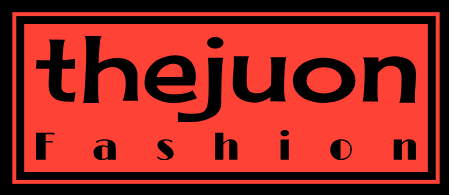The Growing Concern for Sustainable Pet Food Packaging
We’re all becoming more aware of our environmental impact, and that extends to our furry friends. The pet food industry, a massive producer of waste, is finally starting to address its contribution to landfills and pollution. Consumers are increasingly demanding eco-friendly options, pushing manufacturers to innovate and find sustainable alternatives to traditional packaging.
The Environmental Impact of Traditional Pet Food Packaging
Traditional pet food packaging often relies heavily on plastics, particularly non-recyclable plastics like polypropylene. These plastics take hundreds of years to decompose, contributing to overflowing landfills and ocean pollution. The manufacturing process itself is energy-intensive and often involves the use of harmful chemicals. Furthermore, the transportation of these packages, often shipped across vast distances, adds to the carbon footprint.

Exploring Eco-Friendly Alternatives: Bioplastics
Bioplastics, derived from renewable resources like corn starch or sugarcane, offer a promising alternative. These materials are often compostable or biodegradable, reducing landfill waste significantly. However, it’s crucial to note that not all bioplastics are created equal; some require specific composting conditions, and others may still leave behind microplastics. Choosing a reputable brand with transparent labeling about the bioplastic’s source and decomposition process is essential.
The Rise of Paper-Based Packaging: Cardboard and Paper Bags
Cardboard and paper-based packaging are readily recyclable and often sourced from sustainably managed forests, making them a popular eco-friendly choice. However, these materials require additional protective coatings to prevent moisture damage and maintain product freshness. The environmental impact depends greatly on the type of coating used; some are still problematic, while others are biodegradable or compostable. Consumers should carefully check the packaging for certifications that guarantee responsible sourcing and processing.
Glass Packaging: A Durable and Recyclable Option
Glass is a completely recyclable material and offers excellent protection for pet food, preventing spoilage and maintaining freshness. Its durability also reduces the need for frequent packaging replacements. While glass is heavier than plastic and requires more energy to produce, its infinite recyclability makes it a strong contender in the eco-friendly packaging arena. However, the fragility of glass needs to be considered, both for transportation and home use.
Reusable and Refillable Containers: Minimizing Waste
The ultimate solution for reducing packaging waste is to eliminate it altogether. Some companies are now offering reusable and refillable containers for pet food. Consumers can purchase the food in bulk and refill their containers, significantly reducing the amount of packaging they contribute to the waste stream. This model requires a shift in consumer behavior and infrastructure but has the potential for the most significant environmental impact.
The Importance of Transparency and Certification
When choosing eco-friendly pet food packaging, look for certifications that verify the claims made by the manufacturer. Look for labels that indicate compostability, recyclability, and sustainable sourcing of materials. Transparency is key; reputable brands will openly communicate their environmental commitment and the details of their packaging choices. Consumers should be wary of “greenwashing,” where companies make exaggerated or misleading claims about the environmental benefits of their products.
Beyond the Packaging: Sustainable Sourcing of Ingredients
While eco-friendly packaging is a crucial step, the sustainability of pet food extends beyond the packaging itself. Choosing pet food made with sustainably sourced ingredients, focusing on locally produced options and minimizing transportation distances, further reduces the overall environmental impact. Looking for brands committed to ethical and sustainable farming practices will complete the picture of responsible pet ownership.
The Future of Sustainable Pet Food Packaging
The future of pet food packaging is undoubtedly moving toward more sustainable solutions. Innovation in bioplastics, improvements in paper-based alternatives, and the growing popularity of reusable containers signal a positive shift. Consumer demand for eco-friendly options is a powerful driver of change, pushing the industry to prioritize environmental responsibility. As consumers become more informed and discerning, we can expect to see even more innovative and effective sustainable packaging solutions in the years to come. Click here to learn more about a sustainable pet food packaging company.

